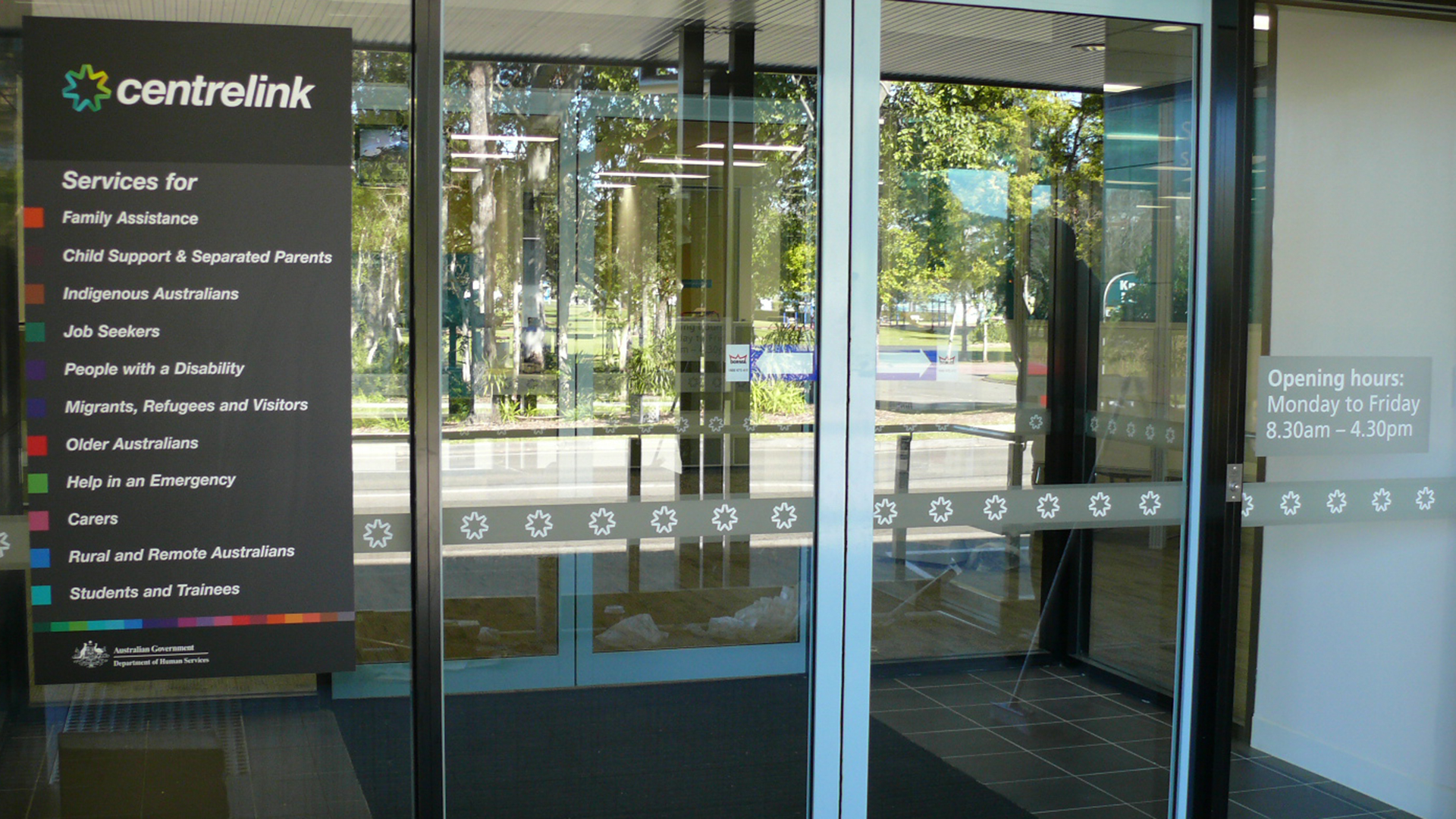Separated-mother-headed families have the highest rates of poverty of any Australian family type, with 37 per cent living below the poverty line.
In these families, every dollar counts, every week. Income shortfalls or unexpected costs can plunge household budgets into chaos from which it is difficult to recover.
Instead of providing a safety net, my research reveals that Services Australia/Centrelink administrative practices can cause – rather than prevent – separated mothers’ financial vulnerability. These practices usher women into administrative arrangements that benefit the government over them.
Family Tax Benefit Part A (FTBA) is an income support payment that makes up a significant proportion of separated mothers’ total income package. The problem for separated mothers is that they are required to seek child support from their ex-partner to receive FTBA above the base rate.
On the surface, this seems reasonable. But, the way that child support income is used in FTBA calculations is problematic. When low-income separated mothers do not receive child support from their ex-partners, they can be doubly penalised, as in some cases they can have their FTBA payment cut as a result.
The extent to which separated mothers’ FTBA payments are reduced depends on the administrative settings that separated mothers ‘choose’. Three settings can leave low-income separated mothers vulnerable to financial harms as a result of child support-benefit interactions. They include: (1) whether to seek child support; (2) how payments are received; and (3) how payments are calculated. These FTBA settings affect the majority of separated mothers. It is unclear why most women would ‘choose’ these disadvantageous arrangements; rather, it seems, they are a function of system settings that are poorly understood by separated mothers.
I interviewed 41 separated mothers to understand how they made the ‘choices’ outlined below. Their experiences were compared to information in Centrelink and Child Support forms, guides, websites and instructions.
1. Whether to collect child support
The choice to collect child support matters for separated mothers, because if they do not pursue child support, the FTBA payment is reduced to the base rate, unless an exemption is granted.
An exemption from pursuing child support is particularly relevant to women with violent ex-partners. The Australian Law Reform Commission and government reviews have shown that asking violent ex-partners for child support can put separated mothers in danger. In these instances, women can seek an exemption and can still be eligible to receive FTBA payments above the base rate.
In my sample, 22 out of 41 women had left violent relationships, but of these only 2 had been given exemptions from the child support obligations. They were first encouraged to use the child support program and most were unaware that exemptions were available.
The Services Australia forms and web materials noted that exemptions were possible, but the contact numbers and instructions on how to get one were opaque, obscuring the process of how to get one.
2. How to collect payments
Should separated mothers go ahead with a child support order, they can then choose whether payments will be collected by Services Australia or transferred privately between parents.
At present, more than half of the child support caseload transfer payments privately. The state deliberately promotes this payment method to reduce government interference in private affairs and reduce state collection and enforcement costs.
While 33 separated mothers in the study now collect payments through Services Australia, most women were originally ushered into private transfers. It often took these women years to work out that they were better off in the department system and to transfer over. Separated mothers reported that private transfers were presented as normal and told that the majority of parents arranged their payments privately by Child Support staff.
Private transfers were also promoted by staff to solve child support payment problems, including for parents with violent ex-partners. Several women repeated the advice of staff, who suggested parents set up a private transfer in order to satisfy FTBA criteria, but never collect payments, which contradicts the government’s FTBA policy.
The reason that private transfers are more cost effective for government is that, for FTBA calculation purposes, all private child support is deemed 100 percent compliant. This assumption has been acknowledged as erroneous by multiple inquiries and can be extremely financially damaging for separated mothers. The assumption means the ‘expected’ rather than the ‘received’ amount of child support is used in FTBA calculations.
When private payments are not received, separated mothers lose both the child support income and approximately half of its value again in reduced FTBA.
3. How FTBA payments are calculated
Regardless of payment collection, it is most likely that the ‘expected’ amount of child support will be adopted in FTBA calculations. This is because out of two FTBA calculation methods used for payments transferred via Services Australia, the state defaults to the Modified Entitlement Method (MEM). This method results in the most child support income and thus the smallest FTBA payment, to reduce overpayment risks, according to the state.
The more generous Disbursement calculation method uses received child support in the FTBA calculation, and helps with lost income due to child support underpayment. But, if unpaid child support is later received, an FTBA overpayment is retrospectively applied, which must be paid back.
There is no record of the proportion of the caseload that use each method.
Unsurprisingly, given the complexity, separated mothers who collected payments through Services Australia had little knowledge of how FTBA payments were calculated. But, women did know that their FTBA payments were reduced ‘on the fact that we’re receiving child support payments’, even when they were underpaid by their ex-partners.
The Services Australia forms and website provide no information on the two FTBA calculation methods and provide no way for women to choose. There is seemingly no easy way for women to receive more FTBA at the time of a child support underpayment, leaving separated mothers and their children in financially vulnerable positions.
What can we do?
My research demonstrated a suite of tactics that the government uses to reduce FTBA payments to separated mothers. These include: (i) obligating women to choose options most beneficial to the state by presenting them as the most simple or typical; (ii) obscuring alternate options and putting the onus on women to identify and investigate them; (iii) rendering information about processes for changing between options opaque by withholding information or providing unclear, complex or partial accounts; and (iv) making processes to achieve administrative changes onerous.
The sum total effect of these tactics is to actively orchestrate financial benefits to the state at the expense of – and purportedly at the request of – some of Australia’s most vulnerable families.
An obvious recommendation is to provide more information to separated mothers. More fundamentally, structural changes to this system are needed as it operates, in practice, to reinforce women’s poverty. Such changes would see child support decoupled from FTBA payments and a general system in which child support is payable to the state rather than being made the individual responsibility of vulnerable women.





The first time I separated from my children’s father, what upset me most (aside from the indignity of having to initiate child support processes) was the way in which the expression ‘primary carer’ was used. I left the house to live elsewhere, but would pick the 3 kids up from childcare/school, make their dinner etc., and they would spend weekends at my place. Despite the fact i was doing most of the ‘waking hours’ parenting, because they slept in the family home this made my partner the ‘primary carer’.
The second time we separated, I made sure he left the house which was a good arrangement for the kids but I have a massive mortgage i can barely pay the interest on. I’m not in poverty but i can’t imagine how people on average incomes can make choices that are best for the children.
It’s always difficult to make a choice in these situations. But one thing I know, a woman should always have a safety cushion, her savings or her business. Left alone in that case it will be easier to find the means to live comfortably.